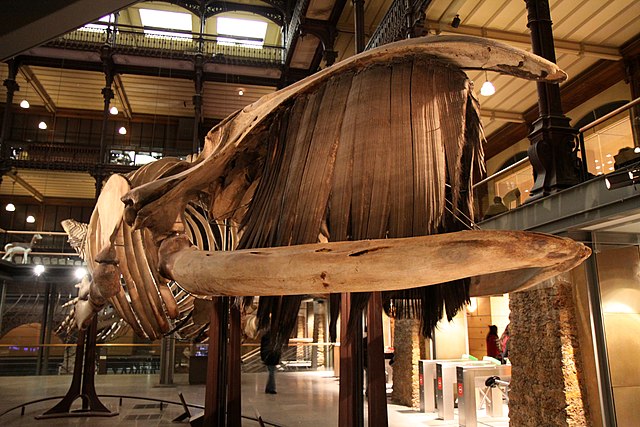Annakacygna is a genus of flightless marine swan from the Miocene of Japan. Named in 2022, Annakacygna displays a series of unique adaptations setting it apart from any other known swan, including a filter feeding lifestyle, a highly mobile tail and wings that likely formed a cradle for their hatchlings in a fashion similar to modern mute swans. Additionally, it may have used both wings and tail as a form of display. All of these traits combined have led the researchers working on it to dub it "the ultimate bird". Two species are known, A. hajimei, which was approximately the size of a black swan, and A. yoshiiensis which exceeded the mute swan in both size and weight. The describing authors proposed the vernacular name Annaka short-winged swan for the genus.
Mute swan with wings in a "piggyback" position
Filter feeders are a sub-group of suspension feeding animals that feed by straining suspended matter and food particles from water, typically by passing the water over a specialized filtering structure. Filter feeders can be sessile, planktonic or nektonic, and some extant animals that rely on this method of feeding are clams, krill, sponges, baleen whales and many fish. Some birds, such as flamingos and certain species of duck, are also filter feeders. Filter feeders can play an important role in cleaning water, and are therefore considered ecosystem engineers. They are also important in bioaccumulation and, as a result, as indicator organisms.
Filter basket of a mysid
Mouth plates of a Baleen whale
Tube sponges attracting small reef fish
An undulating live Aurelia in the Baltic Sea showing the grid in action.





